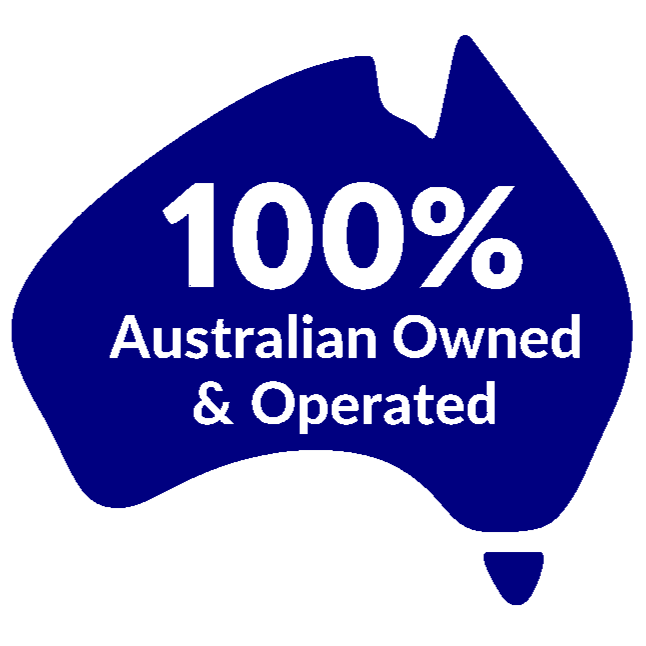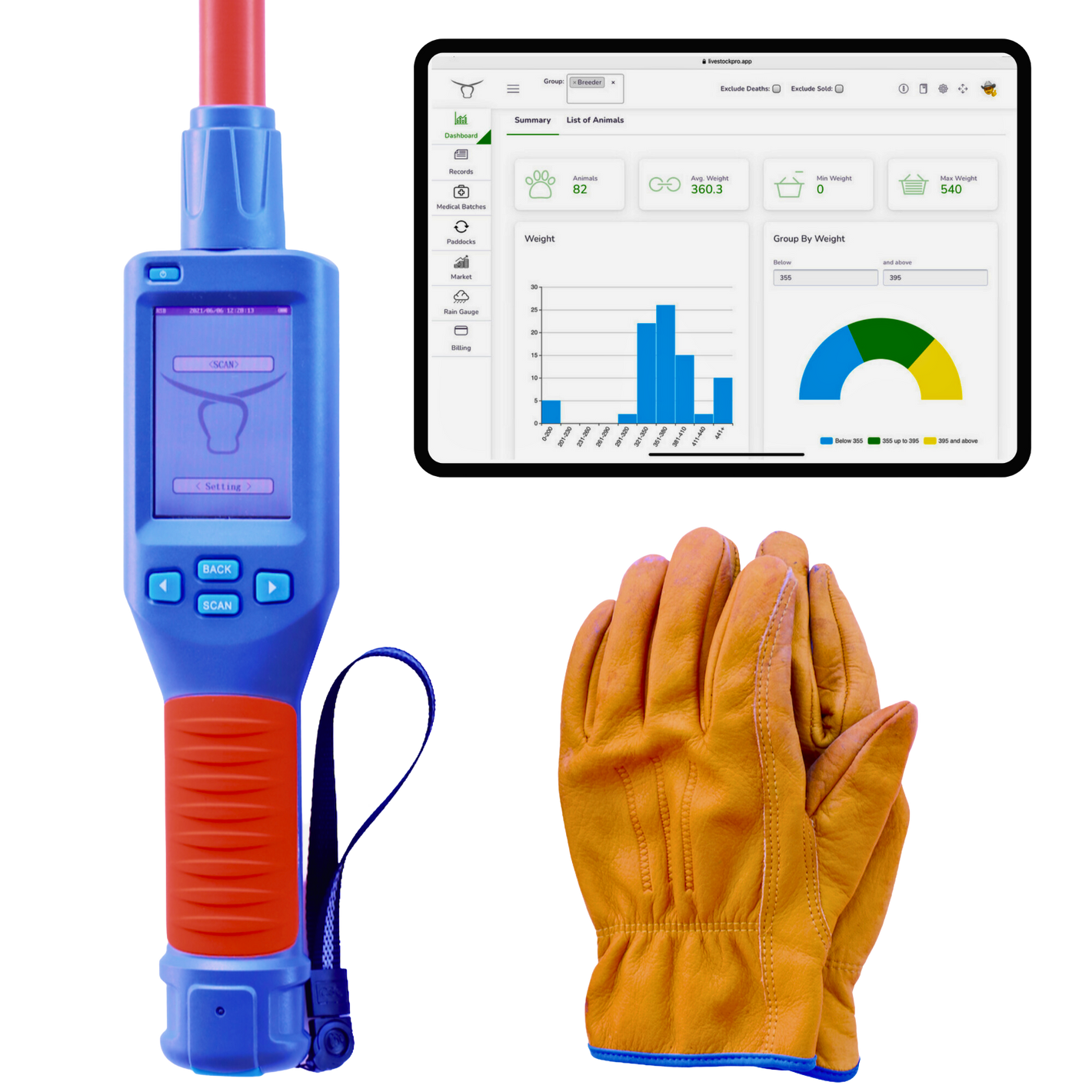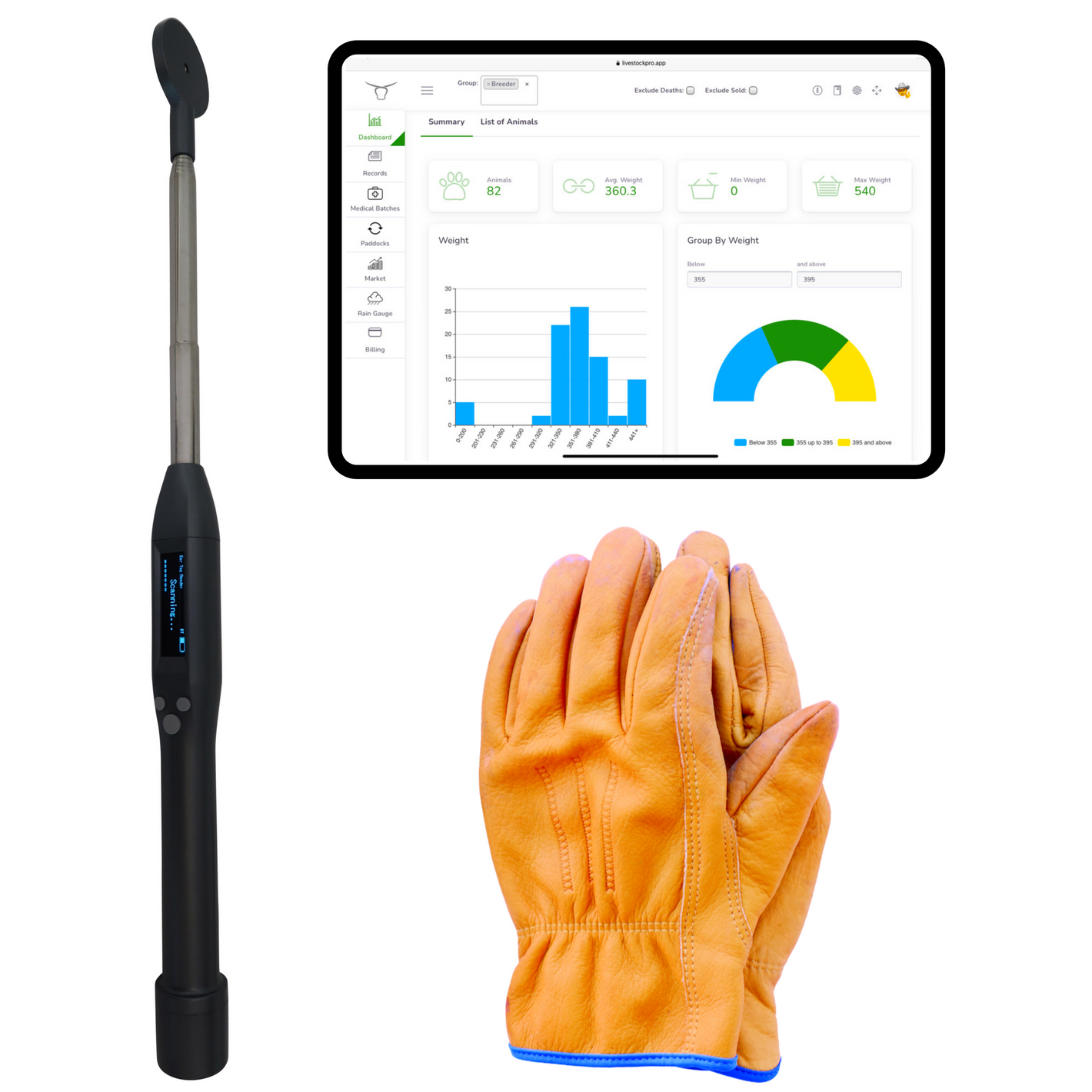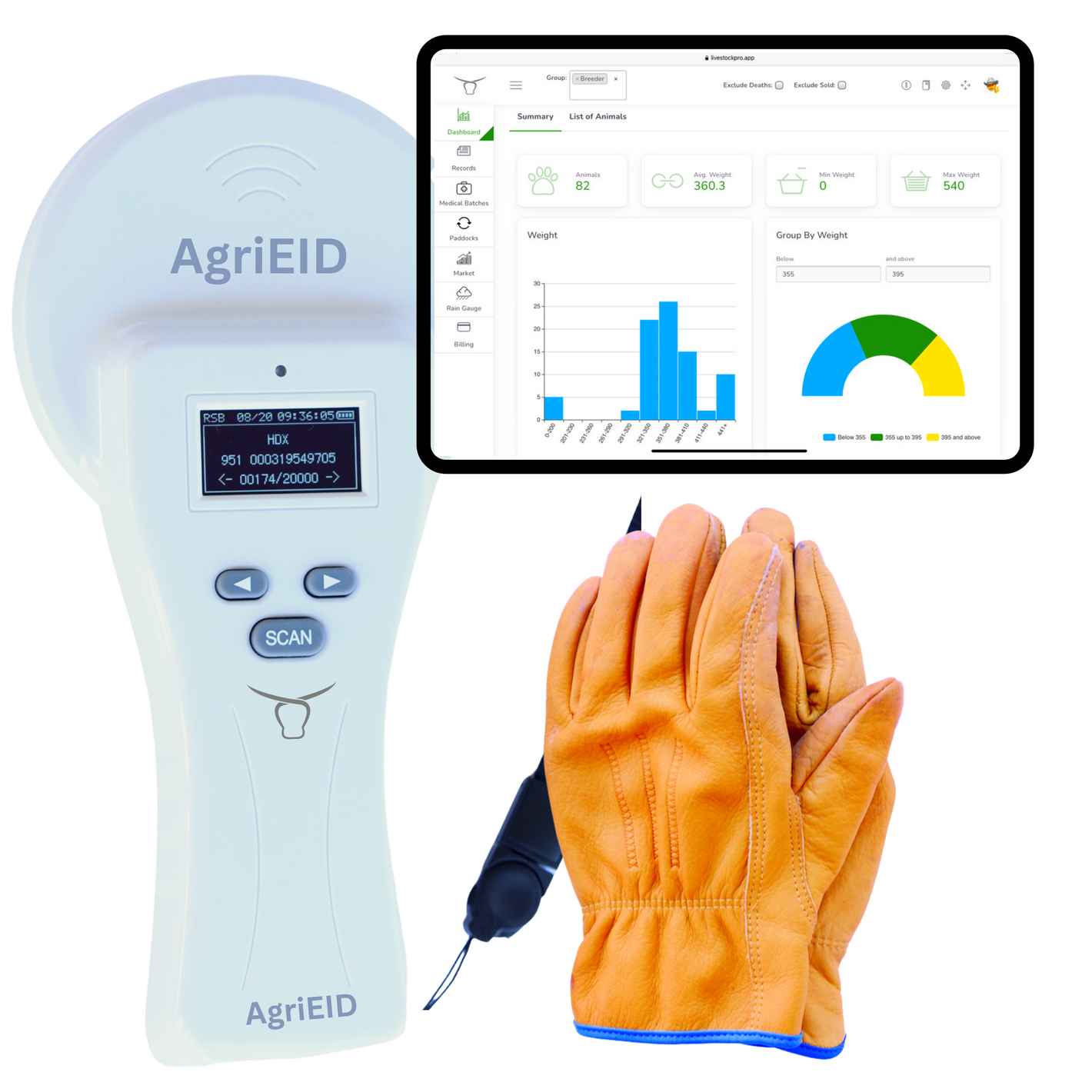Livestock management is the backbone of the agricultural sector, and with the increasing demands for traceability, food safety, and efficient farm operations, modern farmers must adopt advanced tools and systems to stay competitive. The National Livestock Identification System (NLIS) has proven to be one of the most effective systems for tracking and managing livestock in Australia and globally. It provides a comprehensive framework for tracing animals from birth through to slaughter, ensuring the safety and quality of livestock products while streamlining farm management tasks.
In this article, we will explore the reasons why farmers should embrace NLIS livestock management, the numerous benefits it offers, real-life case studies of farms that have successfully integrated NLIS systems, and a comprehensive Q&A section to address common concerns and questions about implementing NLIS in everyday farming practices.
1. The National Livestock Identification System (NLIS): An Overview
The National Livestock Identification System (NLIS) was developed in Australia to provide a means for tracking livestock as they move through the supply chain. NLIS was originally designed to help control diseases like foot-and-mouth disease (FMD) and mad cow disease (BSE), but it has evolved into a much broader system that provides benefits in terms of biosecurity, food safety, market access, and overall farm efficiency.
Key Components of NLIS
- Electronic Identification (EID) Tags: These tags contain a unique identification number that is linked to an animal’s entire life history.
- Tracking Database: All movements and transactions related to the animal, from birth to slaughter, are stored in a central database.
- Mandatory Compliance: In Australia, farmers, transporters, and processors must ensure that livestock movements are recorded on the NLIS database.
The Importance of NLIS
The NLIS system is critical for maintaining biosecurity and ensuring that livestock products meet domestic and international standards. Traceability is becoming an increasingly important requirement in global markets, and the NLIS system is designed to meet the highest standards, ensuring that Australian livestock products are regarded as safe and of high quality.
2. Why Farmers Should Embrace NLIS Livestock Management
Farmers, whether they manage small-scale farms or large commercial operations, can benefit significantly from adopting NLIS livestock management. Below are some of the key reasons why farmers should embrace this system:
2.1 Enhanced Traceability and Compliance
Traceability is one of the key components of the modern agricultural landscape, and NLIS allows farmers to provide complete transparency regarding the life history and movements of their livestock. This is critical for food safety, disease control, and access to premium markets that require high levels of traceability.
By complying with NLIS, farmers ensure that their products meet export standards and that their livestock can be sold both domestically and internationally. Additionally, having complete records can help farmers quickly and easily provide the required documentation during audits or regulatory checks.
2.2 Disease Prevention and Biosecurity
NLIS plays a crucial role in helping farmers control and prevent disease outbreaks. In the event of an outbreak, the NLIS database can be used to quickly trace the source of the disease, isolate affected animals, and contain the outbreak before it spreads. By embracing NLIS, farmers can help protect their herds from the potentially devastating effects of disease outbreaks.
2.3 Improved Livestock Management Efficiency
Adopting an NLIS-integrated livestock management system helps streamline the management of farms. By tracking livestock movements, health records, breeding history, and weight data in a centralized digital platform, farmers can make informed decisions that improve overall farm efficiency. It reduces the need for manual record-keeping, improves the accuracy of farm data, and allows farmers to focus on optimizing productivity.
2.4 Access to Premium Markets and Higher Prices
Many international markets, particularly in regions like Asia and Europe, demand high levels of traceability for imported livestock products. Farmers who adopt NLIS systems gain access to these premium markets, which often pay higher prices for products with verified traceability. Embracing NLIS also helps farmers improve the overall quality of their livestock, further enhancing their value in these markets.
2.5 Reduced Risk of Non-Compliance Penalties
Failure to comply with NLIS regulations can result in hefty penalties and the potential inability to sell livestock, especially in export markets. By embracing NLIS, farmers can ensure they remain compliant with all regulations, reducing the risk of fines or loss of market access.
2.6 Data-Driven Decision Making
With NLIS-enabled systems, farmers have access to real-time data on their livestock. Whether it’s tracking weight gain, health records, or breeding performance, this data allows farmers to make data-driven decisions that improve profitability and animal welfare. Access to detailed records also enables farmers to analyze trends, adjust feeding strategies, and optimize breeding programs.
3. The Benefits of NLIS Livestock Management: A Detailed Breakdown
3.1 Improved Animal Welfare and Health Management
Managing the health and well-being of livestock is one of the most critical aspects of farming. With an NLIS-integrated system, farmers can keep accurate health records of each animal, monitor vaccinations, track medical treatments, and identify early signs of illness. These records ensure that animals receive proper care and that any health issues are addressed promptly.
- Example: A farmer notices a decline in the weight of a group of cattle. By reviewing the health records in the NLIS system, the farmer can quickly identify any common factors (e.g., missed vaccinations or treatment dates) that might be contributing to the problem.
3.2 Efficient Breeding and Genetics Management
Genetics plays a key role in livestock productivity, and with NLIS, farmers can easily track the breeding history of each animal. By using data-driven selection techniques, farmers can identify animals with desirable traits (e.g., faster growth rates, higher fertility) and optimize their breeding programs. The NLIS system also allows farmers to track the performance of specific breeding pairs, ensuring better genetic outcomes over time.
- Example: A beef producer can use the NLIS system to track the growth rates and health outcomes of calves from different sires. This information can help the farmer make informed decisions about which sires to use in the next breeding cycle.
3.3 Streamlined Market Readiness and Timing
The NLIS system allows farmers to track the growth and weight gain of their livestock, ensuring that animals reach optimal market weight before they are sold. With accurate weight tracking, farmers can avoid overfeeding or underfeeding livestock, which can impact the quality of the final product and reduce profitability.
- Example: A farmer uses NLIS data to track the weight of cattle over time, ensuring that they are sold when they reach the target weight for maximum profitability. This ensures that cattle are sold at the right time, improving market readiness and returns.
3.4 Cost Savings and Operational Efficiency
With manual systems, managing livestock records is labor-intensive and prone to errors. By adopting an NLIS-integrated system, farmers can significantly reduce labor costs and improve overall farm efficiency. Automating data collection, tracking, and reporting frees up time for farmers to focus on other important aspects of farm management.
- Example: By using smart NLIS tag readers, farmers can scan animals as they pass through gates or scales, automatically logging data into the farm management system without manual entry.
3.5 Enhanced Record-Keeping for Compliance and Audits
Maintaining detailed livestock records is essential for compliance with industry regulations and for completing audits. The NLIS system provides farmers with a centralized platform for tracking all necessary records, ensuring they are fully compliant with national and international standards.
- Example: During a regulatory audit, a farmer can easily generate reports from the NLIS system, detailing livestock movements, health records, and market sales, ensuring smooth and accurate compliance.
4. Real-Life Case Studies: How NLIS Integration Transforms Farm Operations
Case Study 1: Disease Prevention and Livestock Traceability
Farm: Jim & Louise’s Cattle Farm, Victoria
Challenge: In 2019, Jim and Louise faced a biosecurity risk when a neighboring farm reported an outbreak of foot-and-mouth disease. Worried about their own herd, they needed a way to quickly trace the movements of their cattle and identify any potential exposure to the disease.
Solution: After adopting an NLIS-integrated farm management system, they were able to immediately access detailed records of their livestock's movements over the past 12 months. The records showed that their cattle had not been in contact with any affected animals, and they were able to prevent the need for costly quarantine measures.
Results:
- Jim and Louise were able to prove the disease-free status of their herd, avoiding significant economic losses.
- They have since expanded their NLIS system to include health monitoring, ensuring that any future disease risks can be quickly identified and mitigated.
Case Study 2: Optimizing Breeding Programs for Better Genetics
Farm: Green Valley Farm, Queensland
Challenge: Green Valley Farm wanted to improve the genetics of their beef cattle herd to enhance growth rates and meat quality. However, they struggled to keep track of breeding history and performance with their manual record-keeping system.
Solution: The farm adopted an NLIS-integrated system, which allowed them to track breeding pairs, genetic performance, and offspring growth rates in real-time. By analyzing this data, the farm was able to make more informed decisions about which animals to breed.
Results:
- Green Valley Farm saw a 15% increase in calf growth rates over two breeding cycles.
- The farm’s overall meat quality improved, allowing them to sell their products at premium prices.
Case Study 3: Streamlining Market Readiness with Weight Tracking
Farm: Thompson Family Farm, New South Wales
Challenge: The Thompson family found it difficult to track the weight of their cattle and ensure they were sold at optimal market readiness. Without an accurate weight-tracking system, they often missed the best market windows, leading to reduced profits.
Solution: By integrating an NLIS system with digital scales, they were able to automatically track weight data in real-time and receive alerts when cattle reached their target market weight.
Results:
- The farm increased profitability by 12% by consistently selling cattle at the right weight.
- They also reduced feed costs by eliminating overfeeding, further enhancing profitability.
5. Q&A: Addressing Common Concerns About NLIS Livestock Management
Q1: Is the NLIS system difficult to implement on my farm?
Answer: No, the NLIS system is designed to be easy to implement, even for farmers with limited technology experience. The use of EID tags, smart readers, and farm management software simplifies the process, and there is plenty of support available to help farmers get started.
Q2: How much does it cost to adopt an NLIS system?
Answer: The cost of adopting an NLIS system can vary depending on the size of your herd and the specific tools you choose to use. However, the long-term benefits, including reduced labor costs, improved market access, and increased profitability, often far outweigh the initial investment.
Q3: What kind of data can I track with an NLIS-integrated system?
Answer: With an NLIS-integrated system, you can track livestock movements, health records, breeding history, weight data, market sales, and much more. The system provides a comprehensive view of each animal’s lifecycle and performance.
Q4: Will using an NLIS system help me access better markets?
Answer: Yes, many international markets require high levels of traceability, and adopting an NLIS system can help you meet these requirements. This opens up opportunities for accessing premium export markets, which often pay higher prices for products with verified traceability.
Q5: How does NLIS improve animal welfare?
Answer: By tracking health records and treatment histories, the NLIS system allows farmers to monitor animal welfare more closely. This ensures that any health issues are addressed promptly, reducing the risk of illness and improving overall animal well-being.
Conclusion: The Future of Livestock Management is Here
The National Livestock Identification System (NLIS) is more than just a regulatory requirement—it is a powerful tool that allows farmers to streamline farm operations, improve animal welfare, and increase profitability. By embracing NLIS livestock management, farmers gain access to premium markets, protect their herds from disease, and enhance the efficiency of their day-to-day operations.
The future of farming is data-driven, and with the right NLIS tools, farmers can make better decisions, save time, and ensure the sustainability of their farms. Whether you’re a small-scale farmer or managing a large commercial operation, adopting an NLIS system is an investment in the future success of your farm.
Call to Action: Ready to embrace the benefits of NLIS livestock management? Learn more about AgriEID’s NLIS solutions and start transforming your farm today



